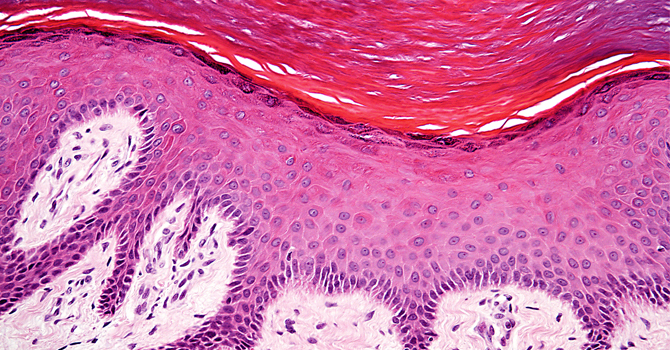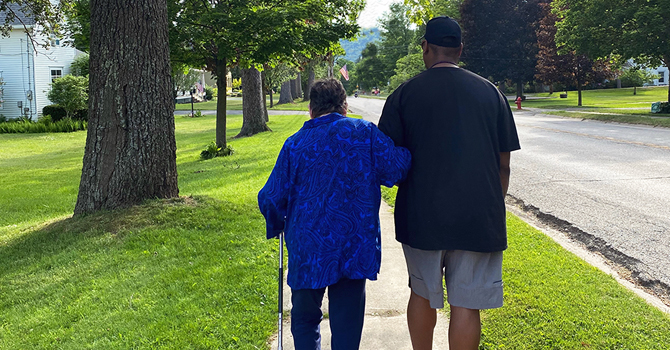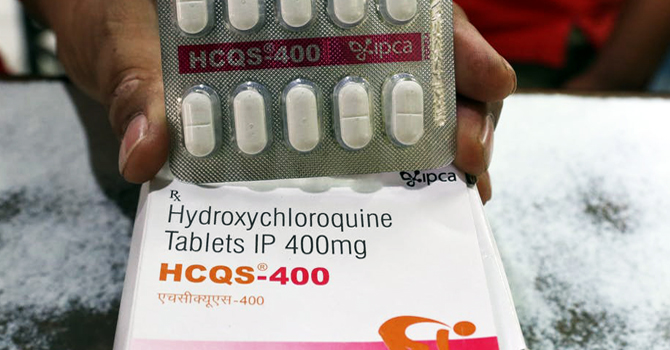
A Family Perspective Approach on Pediatric IBD for Public Health Professionals
Kaitlyn Rau
For young children with pediatric inflammatory bowel disease, family and adult caregivers can make all the difference. Public health professionals working with pediatric IBD can employ a family perspective approach to support improved quality of life for children and their families.





